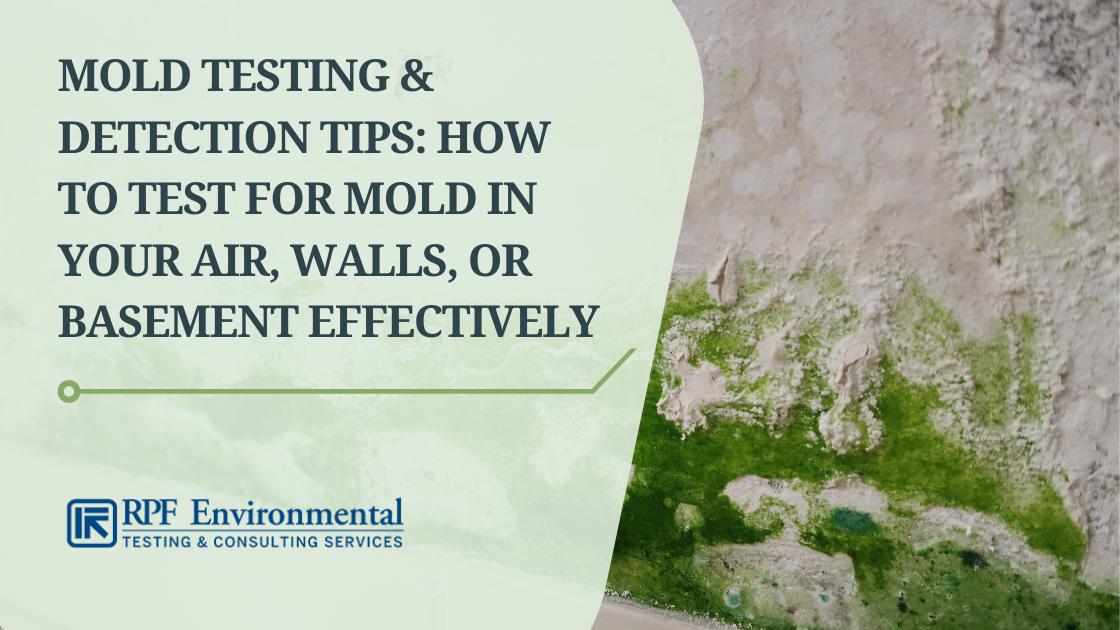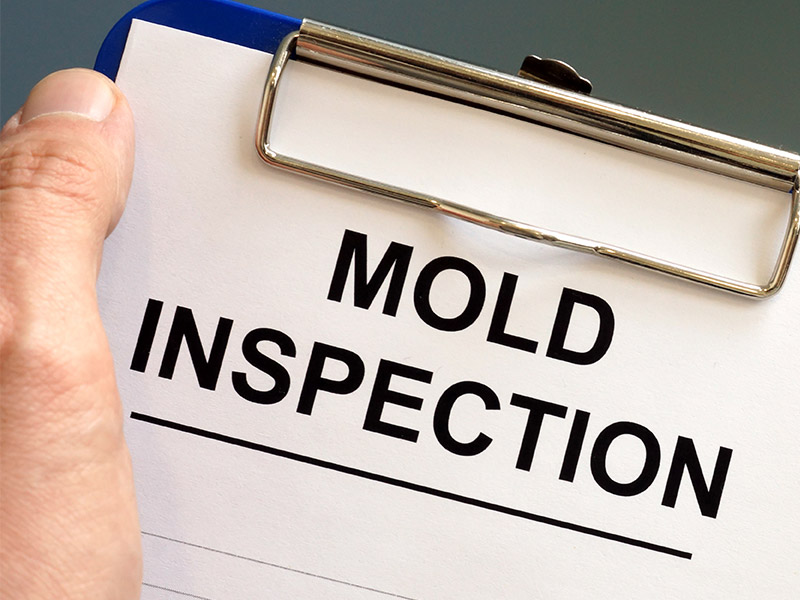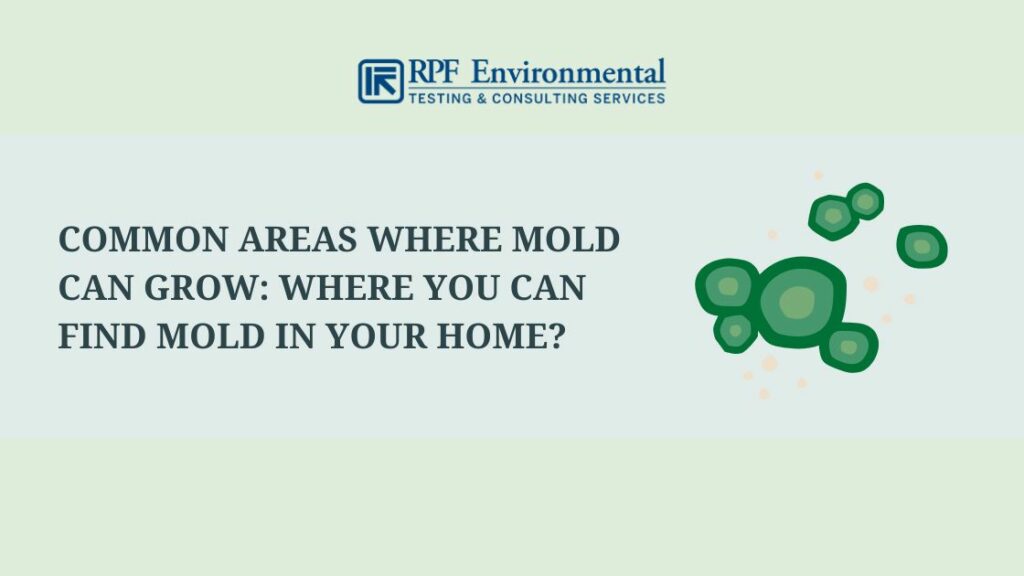The Necessity of Mycotoxin Examining in Agricultural Products to Guarantee Customer Safety
The requirement of mycotoxin screening in farming products is an essential aspect of public health and safety that calls for extensive examination. Mycotoxins, toxic substances created by particular fungi, can penetrate different crops, leading to substantial health risks for customers, such as cancer causing results and body organ damages.
Recognizing Mycotoxins
Mycotoxins, harmful second metabolites created by specific fungis, present a substantial risk to agricultural items and human wellness. These compounds are created by various types of molds, such as Aspergillus, Fusarium, and Penicillium, which can infect plants both pre- and post-harvest - Mycotoxin testing Services. One of the most usual mycotoxins include aflatoxins, ochratoxin A, fumonisins, zearalenone, and deoxynivalenol (DON)
Mycotoxin contamination can happen under specific environmental conditions, such as high humidity and temperature level, which favor the growth of mold. Agricultural items like cereals, nuts, flavors, dried fruits, and coffee are especially at risk. The existence of mycotoxins in these assets can cause considerable economic losses because of reduced plant yields and the necessity for rigorous testing and purification processes.
Recognizing the biochemical nature and formation of mycotoxins is essential for developing effective mitigation methods. Research study has actually revealed that mycotoxins exhibit a variety of chemical structures and residential properties, making detection and elimination challenging. Advanced logical techniques, consisting of chromatography and mass spectrometry, are utilized to identify and quantify mycotoxins in farming products, ensuring that contamination degrees remain within safe limitations established by regulatory bodies.
Health Dangers of Mycotoxins
Provided the significant dangers connected with mycotoxins in agricultural products, comprehending their impact on health is critical. Mycotoxins, toxic second metabolites produced by fungis, pose serious hazards to both human and animal health and wellness.
Acute mycotoxin poisoning, although much less usual, can trigger extreme and prompt health and wellness troubles such as liver damage, intestinal disturbances, and hemorrhaging. Ochratoxin A, one more potent mycotoxin, is connected to kidney damage and has prospective cancer causing impacts. Fumonisins, largely influencing maize, are connected with esophageal cancer cells and neural tube problems.

Usual Sources of Contamination
Comprehending the usual sources of contamination is essential for effectively managing and minimizing the risks positioned by mycotoxins. Mycotoxins are harmful second metabolites produced by certain kinds of fungis, which can contaminate agricultural items at numerous stages of manufacturing, processing, and storage space. The primary resources of contamination consist of field problems, post-harvest handling, and storage environments.
Area problems play a substantial role, with factors like climate, crop susceptibility, and soil health influencing fungal growth. Crops such as corn, peanuts, wheat, and website link tree nuts are especially susceptible to mycotoxin-producing fungis like Aspergillus, Fusarium, and Penicillium types. Insufficient plant rotation and inadequate insect administration can worsen the threat of contamination.
Post-harvest handling is another important stage where contamination can take place. Mechanical damages throughout harvesting and transport creates access factors for fungi, while inappropriate drying out techniques can leave dampness levels high enough to sustain fungal see this growth.
Storage space atmospheres contribute significantly to contamination risks. Improperly kept storage space facilities with high humidity and temperature level levels produce suitable conditions for mycotoxin manufacturing. Normal evaluations and proper storage problems are important in suppressing this danger.
Mycotoxin Checking Methods
Efficient management of mycotoxin contamination pivots not only on acknowledging prospective sources yet also on carrying out robust screening methods to discover these dangerous substances. Mycotoxin testing techniques can be generally classified right into immunochemical and chromatographic techniques. High-performance fluid chromatography (HPLC) and gas chromatography-mass spectrometry (GC-MS) stand for sophisticated chromatographic approaches understood for their high level of sensitivity and precision. These strategies are adept at quantifying several mycotoxins in complicated matrices, making them important for extensive analysis.
On the various other hand, enzyme-linked immunosorbent assay (ELISA) and lateral circulation assays project immunochemical methods. ELISA, in specific, is widely used due to its cost-effectiveness, simplicity of use, and fast turnaround time. Lateral flow assays supply quick, on-site screening abilities, making them appropriate for area applications where prompt decisions are needed.
Furthermore, innovations in molecular biology have actually presented PCR-based approaches capable of discovering mycotoxin-producing fungis at hereditary levels, providing an anticipating strategy to contamination risk. Integrating these diverse techniques boosts the reliability and comprehensiveness of mycotoxin discovery, making sure that farming products satisfy safety criteria and shielding customers from prospective wellness dangers.
Benefits of Regular Testing

Regular mycotoxin screening provides substantial benefits that substantially strengthen farming security and top quality. Mycotoxins, poisonous compounds produced by particular fungi, can pollute food and position major health check these guys out and wellness dangers, including cancer cells and intense poisoning.
Additionally, consistent screening helps in preserving the honesty and online reputation of farming manufacturers. By rigorously monitoring and managing mycotoxin degrees, producers can stay clear of pricey recalls and lawful effects. This not only ensures conformity with strict international safety requirements but additionally fosters consumer depend on and loyalty.

Conclusion
The need of mycotoxin screening in farming items is underscored by the considerable health and wellness risks positioned by these hazardous compounds. It enhances the track record of manufacturers and fosters trust within the agricultural supply chain, eventually protecting public wellness.
The necessity of mycotoxin screening in farming products is a crucial aspect of public health and wellness and safety and security that warrants detailed assessment. Mycotoxins, harmful substances produced by certain fungi, can penetrate numerous plants, leading to substantial health and wellness dangers for consumers, such as carcinogenic effects and body organ damage.Mycotoxins, toxic secondary metabolites produced by particular fungis, provide a significant threat to agricultural items and human wellness.Given the substantial dangers linked with mycotoxins in farming products, recognizing their effect on wellness is extremely important (Mycotoxin testing Services).The necessity of mycotoxin testing in agricultural items is emphasized by the substantial wellness risks posed by these toxic substances
Comments on “Comprehensive Solutions for Your Mycotoxin testing Services Demands”